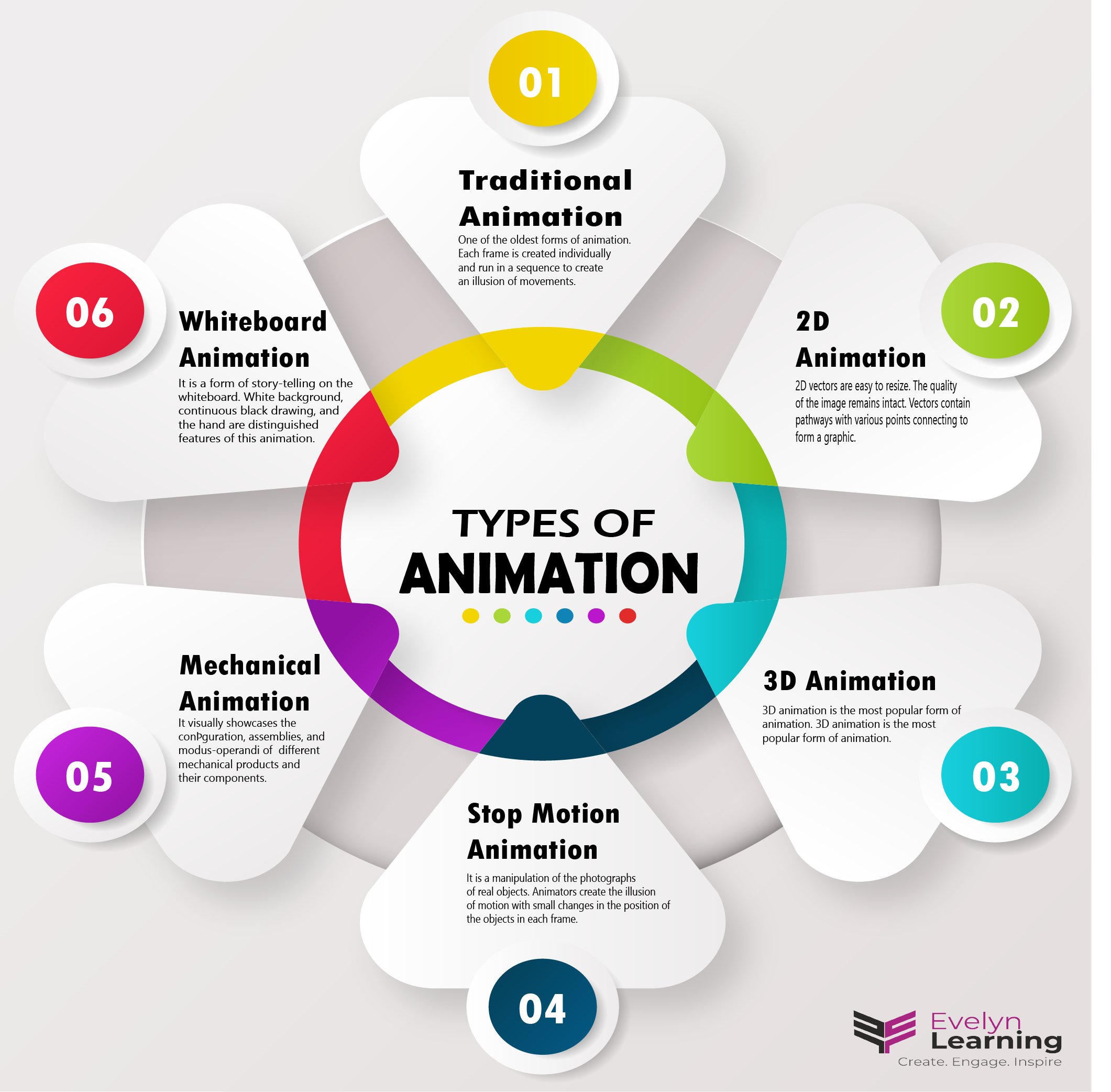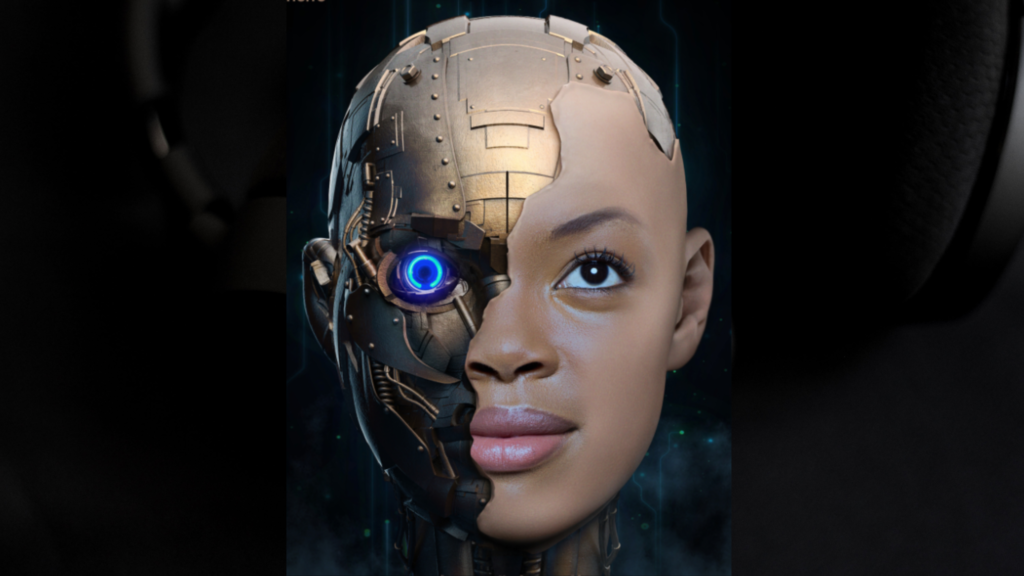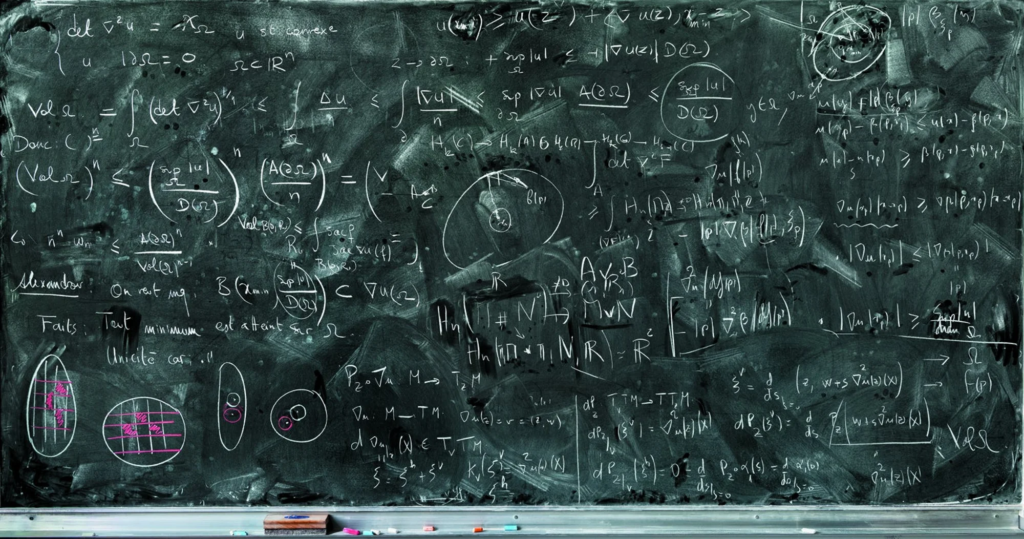E-Learning has come a long way with various adaptations over time. The use of animation, videos, gamification, and other such methods further amplifies its scope. Learners are widely choosing eLearning as an alternative to traditional classroom learning due to its various features. One notable feature is the use of animation in eLearning.
This article explores the various uses of animation in eLearning and measures its effectiveness.
What is eLearning Animation?
In simple terms, sequential capturing of images, including drawings and pictures of inanimate objects, is considered to be animation. Animation occurs when the images are played in rapid succession to mimic real-world motions.
In education, the term ‘Animation’ may refer to any image used for teaching and learning. However, educational animation can either be simple or complex. The complexity entirely depends upon the type of educational material. For instance, moving an arrow on the screen is simpler than producing a cartoon.
Educators produce different types of study material with the help of animation. This study material is available on the Internet for learners all around the world. It is easily accessible and does not require learners to travel to a specific classroom to learn. Different eLearning courses offer the knowledge of various concepts with the help of animation. It entails that educators can deliver lessons on complex topics more effectively through visual animation. Also, such interactive courses work better at engaging learners. Consequently, it creates an impact on the learners and promotes learning and retention.
Types of Animation in eLearning
Although animation is an umbrella term for adding movement to images, it has many different types.
- Traditional Animation: This is one of the oldest forms of animation. Each frame is created individually and runs in a sequence to create an illusion of movements. Animators used to draw on an illuminated table with the previous animation kept below it. Although this method was precise, it was costly and time-consuming.
- 2D Vector Animation: This type of animation is a modification to traditional animation. Unlike the JPEG, GIF, BMP formats in traditional animation, 2D vectors are easy to resize. As a result, the quality of the image remains intact. Vectors contain pathways with various points connecting to form a graphic. Ergo, different convertible shapes form a character or another image. Moreover, there is no need for manual drawing as this type of animation uses software to create animation.
- 3D Animation: Currently, 3D animation is the most popular form of animation. Its creation entirely depends on the knowledge and use of computers. Although it completely depends on technology, the process is still complex. This type of animation uses digital frames to put characters in the right position. The animators adjust and tweak the curvatures to set the movements of the characters. However, the creation of 3D animation also requires a storyboard.
- Stop Motion: Stop motion graphics, also known as claymation, is a manipulation of the photographs of real objects. It is somewhat similar to the traditional animation and the flipbook style. However, it has physical objects in place of photographs. Animators create the illusion of motion with small changes in the position of the objects in each frame. Similar to traditional animation, creating stop motion graphics is a time-consuming and costly method.

Types of Animation
Why Choose Animation?
Animation adds a spark of creativity to learning. It is a valuable tool that helps to ignite learners’ interest. A simple PowerPoint presentation is also animation. There are numerous reasons for choosing animation as a method to deliver e-lessons. The first and the most important function of animation is that it grabs the attention of the learners. With the Internet serving the entire world at the click of a button, gathering information has become easier than ever before. However, on the downside, the attention span of learners has downgraded. The use of animation in eLearning provides information in chunks while using the audio-visual method. This helps grab learners’ attention for a considerable period of time to promote learning.
Secondly, the use of animation in eLearning encourages better retention. Learners follow unique eLearning styles. Some learn through visuals, while others learn through listening or other methods. Animation in eLearning is the culmination of different learning styles, so it is an all-in-one teaching-learning method.
Moreover, animation in eLearning helps break complex information into consumable chunks. It also enlivens the uninteresting topics and engages the learners. It is a creative story-telling method that is useful for introducing new concepts. Another benefit of animation in eLearning is that is useful for learners of all age groups. All these benefits make it a good teaching methodology for the learners present in the post-Internet environment.
Resources: eLearning Industry and Mindflash
Images: Shutterstock and Freepik
For more information, visit our blog. Create. Engage. Inspire.















